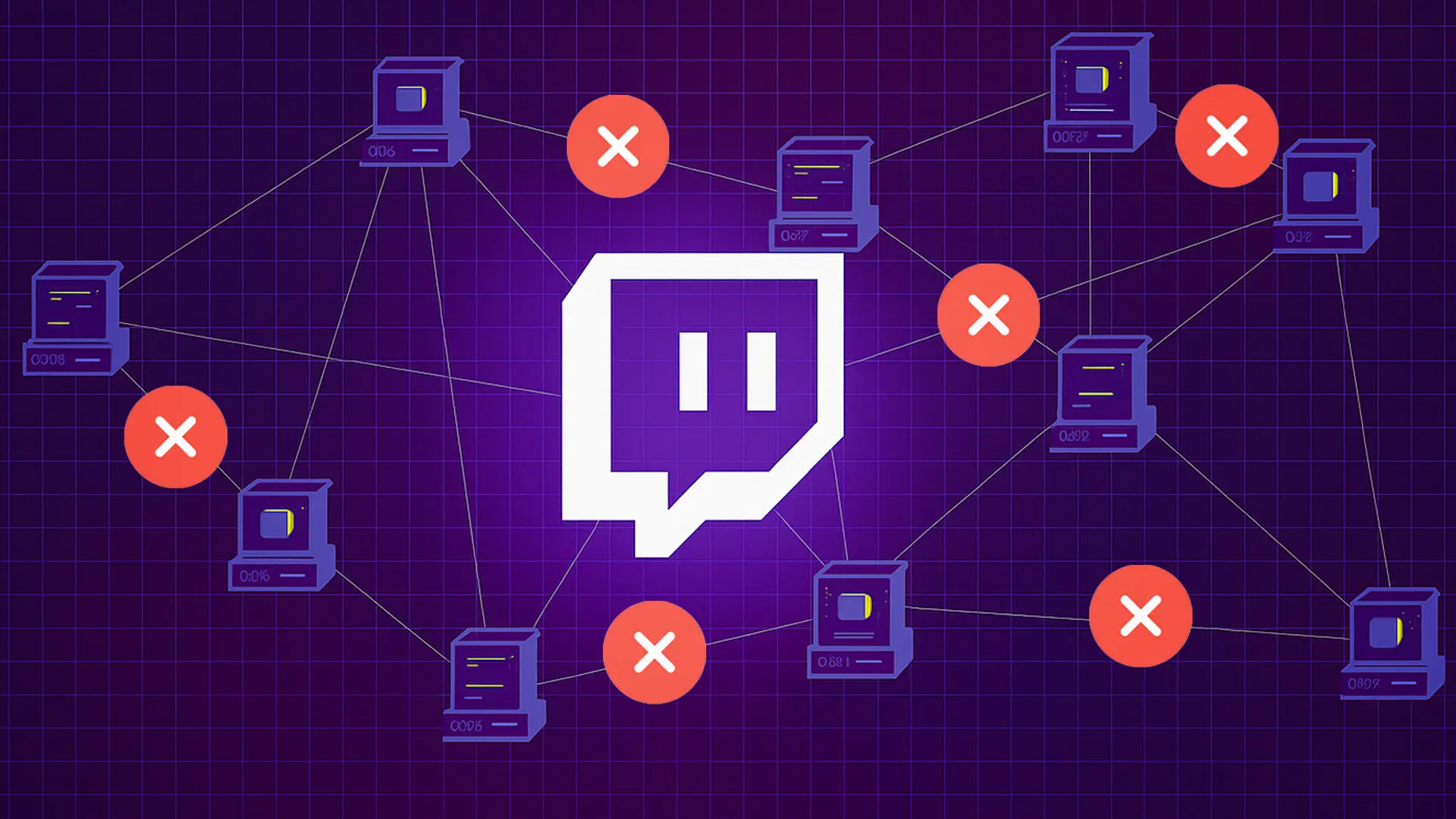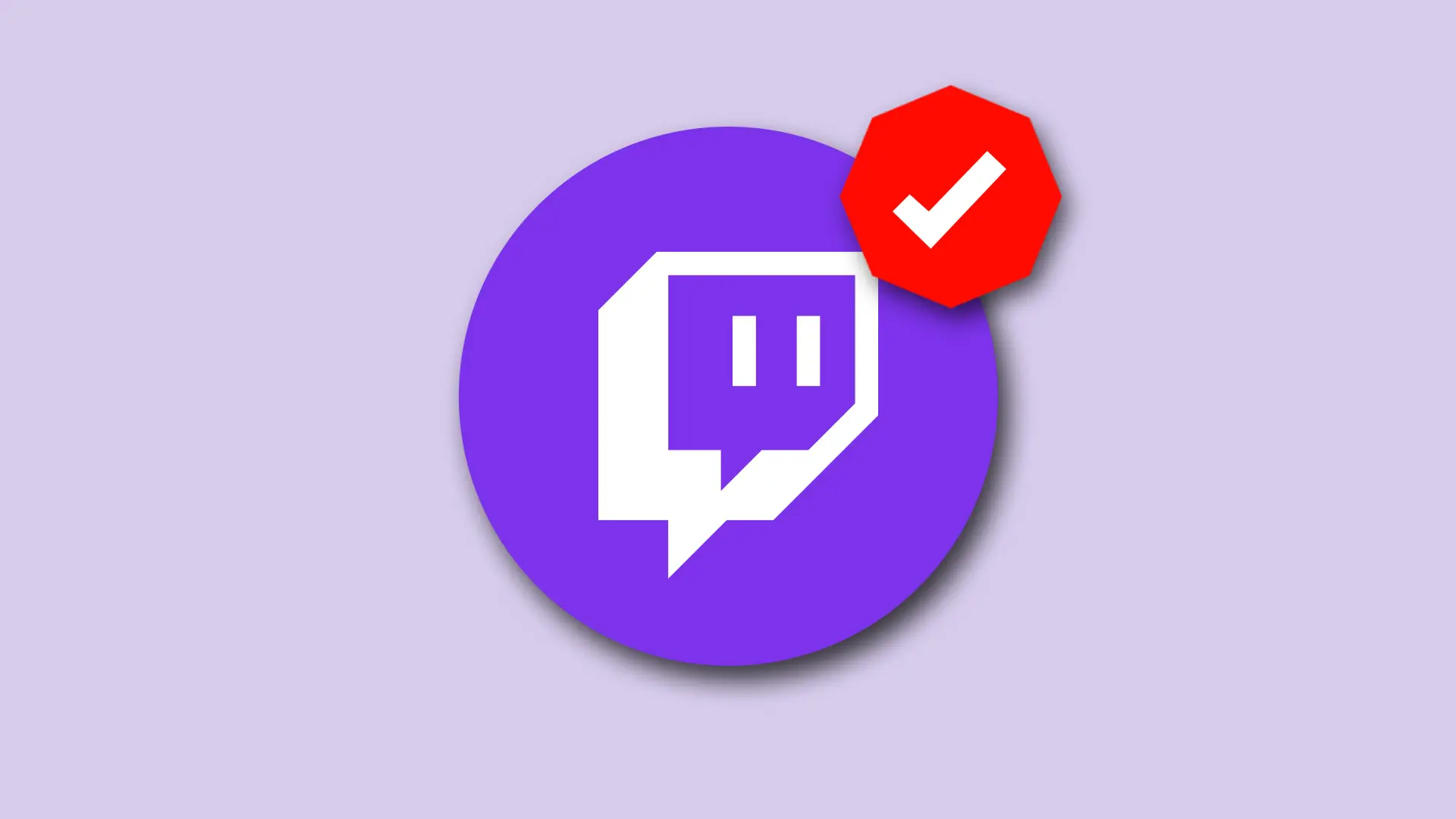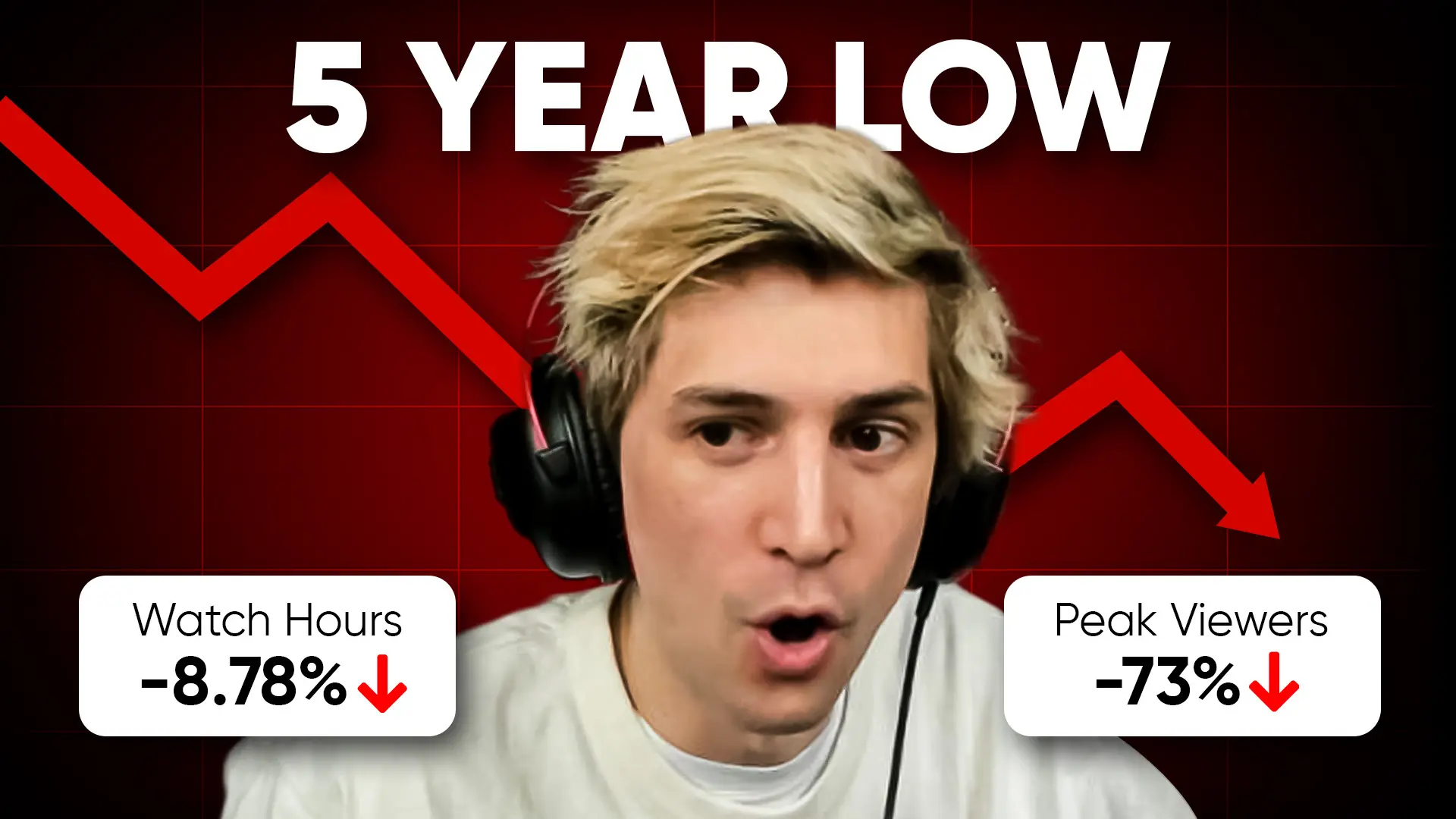The Twitch Servers That Vanished Overnight

Over the past week, streamers worldwide have discovered that many of their usual Twitch ingest servers have quietly vanished from their OBS server lists. With no official announcement from Twitch, this appears to be a deliberate consolidation of streaming infrastructure that could significantly impact how your streams reach viewers.
What Are Ingest Servers (And Why Should You Care)?
For those who’ve always just hit “Auto” in OBS, here’s a quick primer on what’s actually happening behind the scenes when you go live.
Ingest servers are essentially Twitch’s entry points for your stream data. When you broadcast from OBS, your video and audio get sent to one of these servers, which then distributes your content to viewers around the world. Think of them as the front door to Twitch’s global network.
Choosing the right ingest server matters because:
- Lower Latency: Connecting to a server closer to your location typically means your stream reaches viewers faster and with fewer dropped frames.
- Better Reliability: Having multiple server options means you can switch if one is experiencing issues.
- Optimal Quality: Different servers may perform differently depending on your internet provider’s routing.
Most streamers rely on OBS’s “Auto” setting, which lets Twitch select what it thinks is the best server. But many experienced creators manually choose specific servers based on their testing and experience.
Which Servers Have Been Removed?
The scale of this removal is substantial. European and North American streamers have been hit particularly hard.
- Europe: Streamers used to have access to over 20 servers, but now they only have 7. Some of the servers that are no longer available are in Vienna, Prague, Copenhagen, Helsinki, Marseille, Dusseldorf, Munich, Amsterdam, Oslo, and Warsaw. This means there are over 65% fewer options now.
- Canada: Streamers report having no Canadian servers at all anymore.
- United States: The extensive server list appears reduced to just Ohio, Ashburn, and Portland.
What’s particularly concerning is that Twitch made these changes without any communication to creators. After several days of streamers reporting missing servers, it’s clear this isn’t a temporary glitch.
Why Is Twitch Doing This?
Without an official explanation, we can only speculate, but several factors likely contribute to this decision:
- Cost Reduction: Maintaining servers is expensive. With Amazon applying pressure for Twitch to become profitable, consolidating to major AWS data centers (which appear to be what’s left) could significantly reduce operational costs.
- Enhanced Broadcasting Impact: As more streamers adopt Twitch’s Enhanced Broadcasting feature – which allows multiple concurrent stream encodes – the server infrastructure requirements change. Multiple encodes might reduce Twitch’s need for traditional transcoding servers, but that seems unlikely to justify such a massive reduction.
- Complexity Reduction: Managing fewer data centers means simpler operations, fewer points of failure, and potentially easier maintenance and updates.
- Infrastructure Evolution: Twitch might be preparing for upcoming features like dual-format streaming (vertical and horizontal simultaneously) and 2K streaming, requiring different server capabilities.
The Reality for Streamers
The immediate impact is clear: higher latency for many creators. Your closest server may now be hundreds or thousands of miles further away than before. This could result in:
- Increased stream delay
- Higher chances of dropped frames
- Potential connection instability
- Fewer backup options if your primary server has issues
For creators who’ve spent time optimizing their setup for specific servers, this change essentially forces them back to square one.
Tools to Check Your Options
If you want to see what servers are available to you now, here are two reliable tools:
- Twitch’s Official Recommendation Tool: Visit help.twitch.tv/s/twitch-ingest-recommendation to see which servers Twitch recommends for your location.
- TwitchTest by r1ch: This popular third-party application tests your connection to all available Twitch servers and provides detailed performance metrics to help you choose the best option.
Both tools use Twitch’s official server list, so they’ll show you the current reality of your options.
Looking Forward
This server consolidation represents one of the most significant infrastructure changes Twitch has made in years, yet it happened without any creator communication. Whether driven by cost pressures, technical requirements for new features, or both, it’s a reminder that the platforms we build our careers on can change overnight.
For now, streamers should test their current server selection and monitor their stream health closely. You might need to switch from a server you’ve used for years to something entirely new. It’s also worth having backup server options ready in case your primary choice experiences issues.
Pete’s Content Corner
Delve into my weekly selection of content creation highlights – handpicked videos, podcasts, and tweets that promise to captivate, educate, and entertain.
- YouTube is expanding its Likeness Detection tool to all Partner Program creators, allowing them to detect and request removal of AI-generated videos using their face without permission. It’s a solid step toward protecting creators from deepfakes and impersonation.
- Twitch launched an open beta API endpoint that lets developers download clip video files. This fills a long-requested gap for building editing tools, highlight compilations, and broadcasting software integrations for streamers.
- OBS Studio 32 is now available, featuring a basic plugin manager, automatic crash reporting, and enhanced NVIDIA RTX audio effects including voice activity detection and chair removal for background effects.
Thanks, as always, for taking the time to read Stream Report.
Pete ✌️






